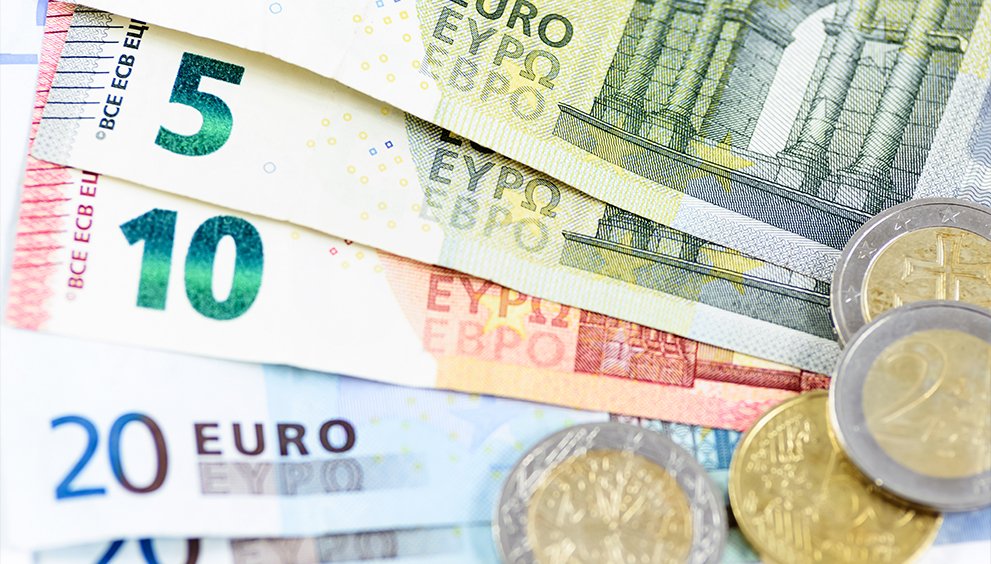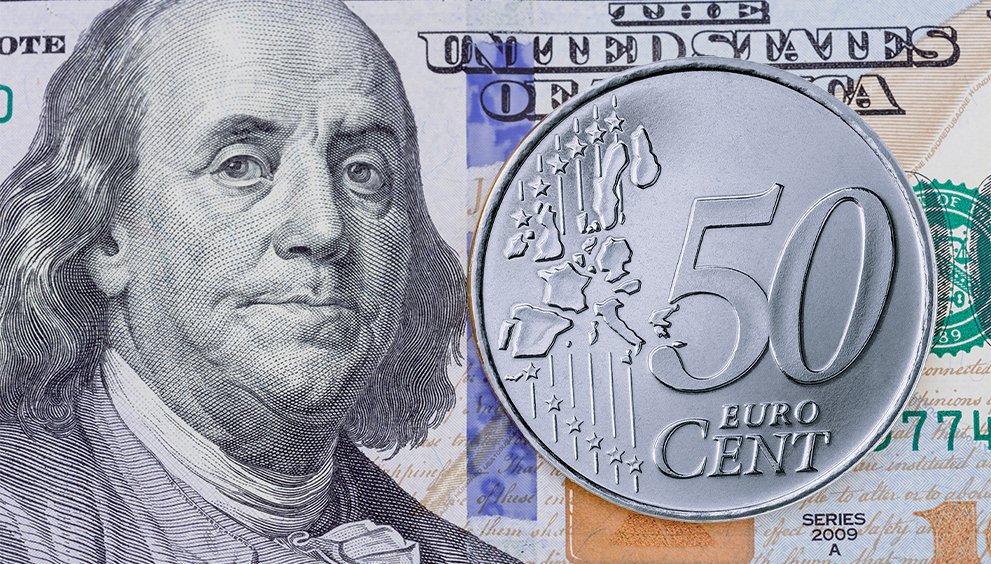GBP/JPY Weakens Amid UK-EU Trade Breakthrough
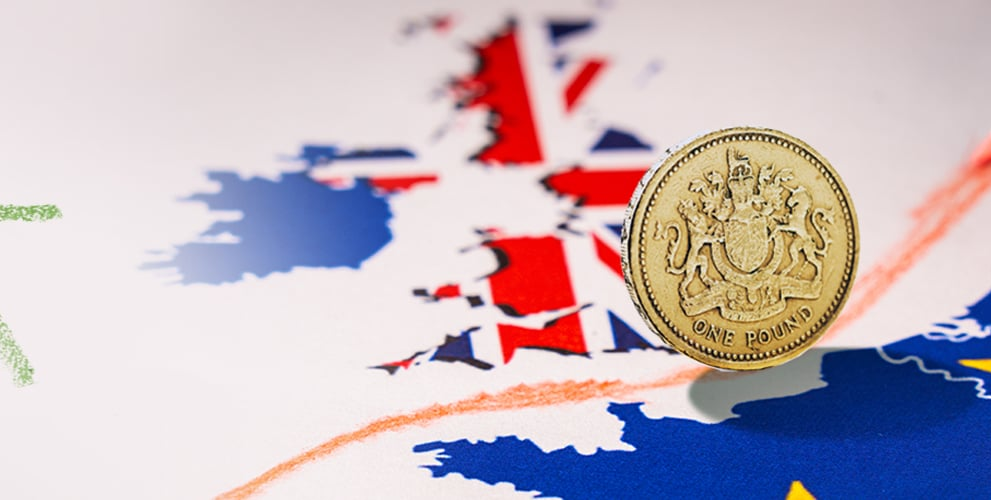
GBP/JPY fell to 193.22, as the pound was buoyed by news of a fresh UK-EU agreement easing checks on food, livestock, and agricultural goods. Strong ties between the EU and the UK during potential global economic turmoil, stemming from the fallout of reciprocal tariffs imposed by US President Donald Trump, are expected to alleviate the economic slowdown in both economies. Wednesday’s Consumer Price Index (CPI) data for April, which excludes volatile components like food, energy, alcohol, and tobacco, is expected to show a faster growth rate of 3.7%, compared to 3.4% in March. The headline CPI is anticipated to have risen robustly by 3.3%, up from the previous figure of 2.6%.
Dr. Swati Dhingra, a member of the Bank of England (BoE) Monetary Policy Committee (MPC), cautioned that the United Kingdom (UK) may be facing a challenging path regarding inflation, particularly as the ripple effects of the Trump administration’s tariff-heavy trade policies continue to impact the global economy. She added, “My vote for a 50 bps rate cut was partly to make a statement on the economy’s direction. We might see some cost pass-through from US tariffs, but I argue that the number would be quite small. I won’t rule out a scenario where global trade breaks up and the UK suffers inflation, but I don’t think that’s where we’re headed.” On Tuesday, Bank of England Chief Economist Huw Pill expressed his belief that the recent pace of quarterly interest rate cuts was too rapid, considering the inflation outlook. However, he noted that his vote to keep borrowing costs unchanged this month was likely to be seen as “a skip.” He described his May vote as supporting a ‘skip’ in the ongoing process of monetary policy restriction withdrawal, rather than indicating a complete halt or reversal of that process.
On the other hand, hawkish BoJ expectations, despite Japan’s weaker-than-expected Q1 Gross Domestic Product (GDP), continue to bolster the yen. Japan’s Finance Minister Shunichi Kato said on Tuesday that he expects any discussions with US Treasury Secretary Scott Bessent this week to be grounded in this understanding of foreign exchange. He added that he “will hold bilateral meetings with counterparts at the G7 finance leaders’ meeting later this week.” He will scrutinise the impact of US fiscal and monetary policy on Japan’s economy when asked about Moody’s downgrade of the US debt rating. During an earlier bilateral meeting with Bessent, both parties agreed that foreign exchange rates ought to be set by the markets and that excessive volatility in the FX market negatively affects the economy.
Investors will monitor the UK Consumer Price Index (CPI) data due on Wednesday and Japan’s CPI report on Thursday, alongside improved political sentiment in Europe following a landmark UK–EU agreement that provides fresh impetus for the GBP/JPY exchange rate.

AUD/USD Wobbles as RBA’s Bullock Signals Further Policy Adjustments
AUD/USD struggled near 0.6419, following the Reserve Bank of Australia’s (RBA) interest rate decision. On Tuesday, the RBA board decided to reduce the Official Cash Rate (OCR) by 25 bps, lowering it from 4.10% to 3.85% at its May policy meeting, in line with market expectations. The RBA’s monetary policy statement emphasises that the escalation of global trade conflicts poses a significant downside risk to the economy. Furthermore, the global growth outlook has been revised downwards, and uncertainty has increased due to US tariff policies. In a post-policy decision press conference, RBA Governor Michele Bullock emphasised the necessity of controlling inflation and expressed trust in the RBA’s capability to meet that objective. She characterised the rate cut as a proactive measure driven by confidence, declaring it the right action given the current economic climate. Furthermore, she indicated that the Board is ready to take more steps if required, hinting that more adjustments might be forthcoming. Risk-sensitive Aussie continue to weaken amid escalating political instability in Australia. The opposition coalition has fractured, following the National Party’s departure from its alliance with the Liberal Party. Concurrently, the ruling Labour Party has regained power with a stronger and broader mandate, capitalising on the Opposition’s turmoil.
On the Greenback front, the currency remains under pressure after Moody’s announced its downgrade late last week, which highlights concerns regarding the sustainability of US fiscal policy. On Friday, Moody’s downgraded the US long-term issuer and senior unsecured ratings from Aaa to Aa1 due to the growing $36 trillion US government debt burden. This move raised concerns about investing in US assets and significantly increased US bond yields. Federal Reserve (Fed) Vice Chairman Philip Jefferson said on Monday that there are risks to both jobs and inflation, adding that it is appropriate to wait and see regarding rate decisions, given the uncertainty. He stated, “The risks to the Fed’s mandates depend on policy choices by the administration that have not been made. The US could face a one-time increase in the price level from tariffs; we need to be sure that does not become a sustained increase in inflation.” New York Fed President John Williams struck a balanced tone in his latest remarks, highlighting strength in recent US data while acknowledging ongoing trade uncertainty. According to Federal Reserve (Fed) Bank of Minneapolis President Neel Kashkari, although the year began strong for the US economy, ongoing uncertainty due to the Trump administration’s trade policies has significantly dented investor sentiment, creating turbulence in markets and making it difficult for businesses to proceed with the exact investments and hiring that President Donald Trump hopes for.
In the absence of key economic data from the US, the Reserve Bank of Australia’s (RBA) interest rate decision, as well as influential FOMC members’ speeches, will drive the AUD/USD exchange rate.
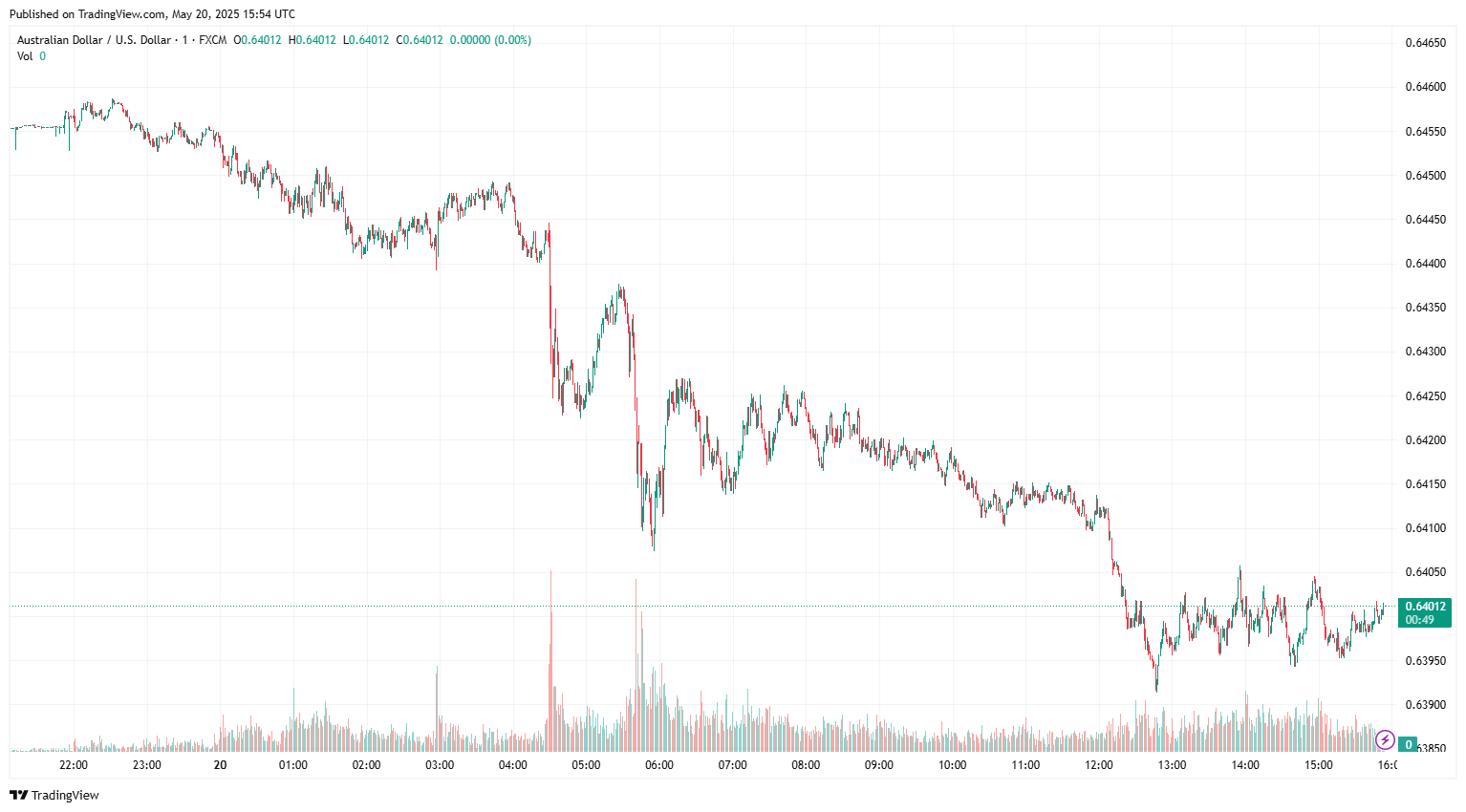
EUR/GBP Gains Ahead of G7 Meeting
EUR/GBP rose to 0.8422 after the announcement of a renewed UK–EU cooperation framework and expectations of stronger UK inflation data, which bolstered the sterling. The UK–EU diplomacy deal will include expanded defence coordination and a shared agenda on trade and security, viewed as a stabilising step for long-term UK–EU relations. Recent comments by Dr. Swati Dhingra, a member of the Bank of England’s (BoE) Monetary Policy Committee (MPC), warned that the United Kingdom (UK) may encounter difficulties with inflation, particularly as the repercussions of the Trump administration’s trade policies, characterised by heavy tariffs, continue to impact the global economy. Stronger-than-expected UK GDP data has indicated robust economic growth, reinforcing expectations that the Bank of England (BoE) may maintain its current interest rate stance if inflation remains persistent or accelerates further, further supporting the pound.
On the euro’s front, the market anticipates that the ECB will introduce another interest rate reduction, reflecting the growing concerns over Eurozone growth and inflation, influencing the euro. On Tuesday, European Central Bank (ECB) board member Isabel Schnabel said, “Disinflation is on track, but new shocks are posing new challenges.” She also noted that tariffs might be disinflationary in the short term but present upside risks over the medium term, emphasising that the appreciation of the euro represents a historical opportunity to enhance the euro’s international role. On the data front, Germany’s Producer Price Index fell more severely than anticipated, underscoring persistent deflationary pressures. In April 2025, the PPI decreased by 0.9% year-on-year, following a 0.2% decline in March and falling short of the forecasted 0.6% reduction. Month-on-month, the PPI dropped by 0.6%, marking its fifth consecutive monthly decline, compared to a 0.7% drop in March and worse than the expected 0.3% contraction. The latest Harmonised Index of Consumer Prices (HICP) figures from Eurostat confirmed that Eurozone headline inflation remained at 2.2% in April, while core inflation held steady at 2.7%, both in line with forecasts. In a recent interview, European Central Bank (ECB) President Christine Lagarde observed, “It’s impressive to note that in a period of uncertainty when we should normally have seen the dollar appreciate significantly, the opposite happened. It’s counterintuitive, but justified by the uncertainty and loss of confidence in US policies among certain segments of the financial markets.”
Investors will pay attention to the Eurozone Consumer Confidence reading, the upcoming UK April Consumer Price Index (CPI) report, and any developments regarding the Russia-Ukraine trade situation, which could influence the EUR/GBP exchange rate.

AUD/NZD Sinks Following RBA’s 25 bps Rate Cut Decision
AUD/NZD lost ground near 1.0839, following the Reserve Bank of Australia (RBA) decision to reduce the Official Cash Rate (OCR) by 25 bps from 4.10% to 3.85% at its May policy meeting on Tuesday. In a press conference following the policy decision, RBA Governor Michele Bullock emphasised the crucial need to control inflation and conveyed her confidence in the RBA’s capability to reach this objective. She characterised the rate cut as a proactive measure driven by confidence, stating it is the right action considering the current economic climate. Additionally, she mentioned that the Board is ready to implement further actions if needed and hinted at the possibility of more adjustments to come. The Australian Dollar continues to decline amid rising political turmoil in Australia, as the opposition coalition splintered after the National Party pulled out of its alliance with the Liberal Party. Meanwhile, the ruling Labour Party has regained power with a stronger and broader mandate, taking advantage of the Opposition’s disarray.
On the global front, renewed optimism surrounding a 90-day US-China trade truce and hopes for further trade deals with other countries continue to strengthen the Aussie. On Tuesday, the PBoC announced a decrease in its Loan Prime Rates (LPRs). The one-year LPR has been reduced from 3.10% to 3.00%, and the five-year LPR has fallen from 3.60% to 3.50%. China’s April retail sales rose 5.1% year-over-year (YoY), compared to the 5.5% expected and 5.9% in March, according to the latest data released by the National Bureau of Statistics (NBS) on Monday. Chinese industrial production increased 6.1% YoY during the same period, against the 5.5% forecast and the 7.7% previously reported. Meanwhile, fixed asset investment reached 4% year-to-date (YTD) YoY in April, falling short of the expected 4.2% figure. The March reading was 4.2%.
On the other hand, rising hopes over the US-China trade truce, mixed Chinese macro data, and the People’s Bank of China’s (PBoC) latest interest rate decision exerted selling pressure on the New Zealand Dollar. On Friday, the Reserve Bank of New Zealand (RBNZ) released its latest monetary conditions survey, which indicated that inflation expectations have risen for both the one-year and two-year periods leading into the second quarter of 2025. Specifically, the two-year inflation expectation climbed to 2.29% in Q2 2025, up from 2.06% in Q1. In New Zealand, the average one-year inflation expectation increased to 2.41% in Q2, compared to 2.15% in the previous quarter. The Business NZ PMI rose to 53.9 in April, surpassing the earlier figure of 53.2. Conversely, the BusinessNZ Services Index fell to 48.5 in April 2025, down from 48.9, suggesting a modest slowdown in the services sector’s performance. In Q1 2025, the Producer Price Index (PPI) Input saw a quarter-on-quarter increase of 2.9%, recovering from the previous quarter’s decline of -0.9%. The PPI Output also grew by 2.1% QoQ in Q1 2025, following a minor drop of -0.1% in Q4 2024.
Broader market sentiment around the People’s Bank of China’s (PBoC) and Reserve Bank of Australia’s (RBA) interest rate decisions will drive the AUD/NZD exchange rate.
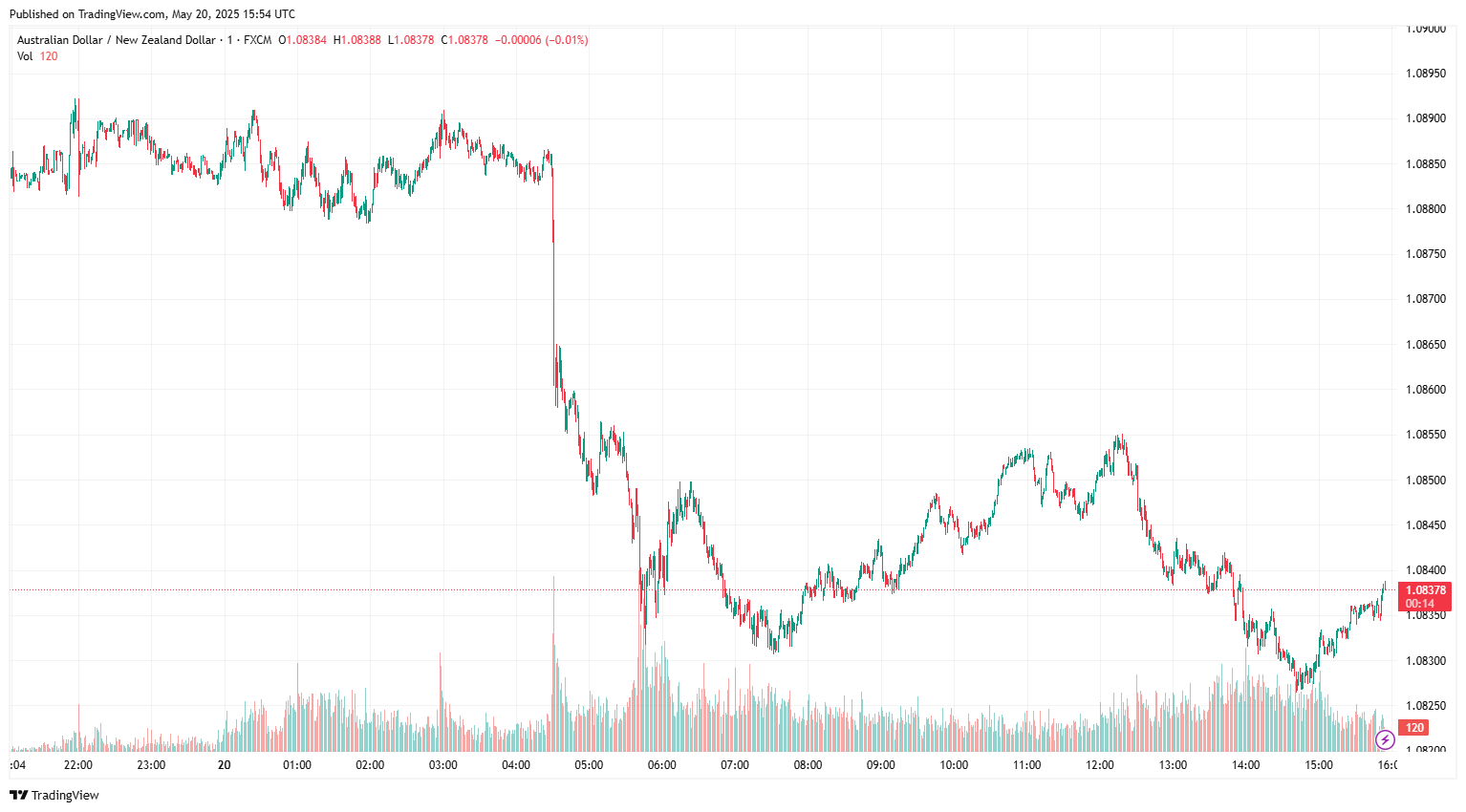


 English
English 












































































